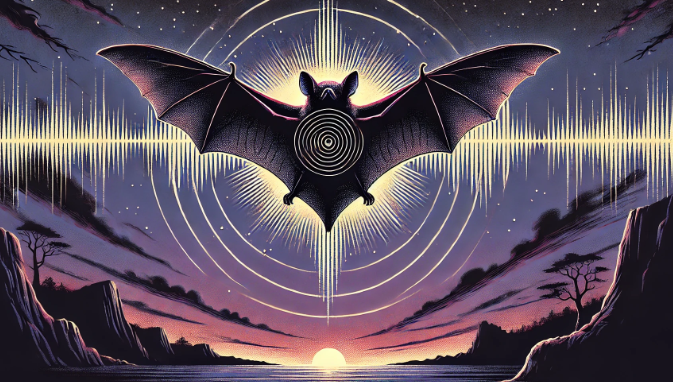The research focused on the Kuhl’s pipistrelle microbat, a small insect-eating species. The team, led by Aya Goldshtein, Lee Harten, and Prof. Yossi Yovel, conducted experiments which involved blindfolding these bats and transporting them a few kilometers away from their roost. Despite their eyes being covered and deprived of visual cues, most of these microbats successfully returned home. This suggests they rely on an “acoustic cognitive map” for navigation. Other sources have noted that this study sheds light on bats’ impressive ability to map their surroundings using echolocation.
- Echolocation as Navigation: Kuhl’s pipistrelle microbats rely on echolocation to create an “acoustic cognitive map” for navigating long distances, even when deprived of visual and geomagnetic cues.
- Unique Adaptability: Unlike fruit bats that depend on visual landmarks, these microbats effectively navigate using sound alone, highlighting their exceptional adaptability.
- Experiment Details: Researchers blindfolded wild bats, attached trackers, and ensured no external cues (visual, olfactory, or geomagnetic) influenced their navigation, confirming their reliance on echolocation.
- Broader Implications: The study sheds light on the complexity of animal navigation and underscores the versatility of echolocation beyond hunting.
Microbats, weighing about as much as a cigarette but boasting a wingspan of nearly 25 centimeters, are primarily insectivores. In contrast, their fruit bat cousins, like flying foxes, depend heavily on sight and possess much larger wingspans. According to the researchers, when blindfolded, the microbats relied heavily on echolocation to create a mental map of their environment, which guided them home.
The experiment involved catching wild bats and transporting them in a dark container, devoid of any external visual or olfactory cues. The scientists used surgical cement to glue felt around the bats’ eyes, ensuring it could only be removed once they landed. They also equipped the microbats with tiny trackers to monitor their journey.
Although echolocation is commonly associated with hunting, this study suggests it might also play a crucial role in long-distance navigation for microbats. The team created a large-scale echolocation model to support their findings. This model suggests that microbats can build and use acoustic maps of their environment, allowing them to navigate even without visual assistance.
The study also draws parallels with previous research on Egyptian fruit bats, which use landmarks like skyscrapers to navigate. However, unlike fruit bats, microbats were able to navigate efficiently even when blindfolded, indicating their reliance on echolocation.
The research team also ensured that potential geomagnetic cues were disabled by attaching tiny magnets to the bats’ heads. While some animals, like cats, may use geomagnetic cues to find their way home, the researchers believe this is unlikely for microbats due to the scale of their navigation.
In conclusion, while sight remains essential for many species, the study highlights the incredible adaptability of microbats. Their ability to navigate long distances using echolocation alone opens new avenues for understanding animal navigation. This research demonstrates the intricate ways in which animals interact with their environment and adapt to challenges.

